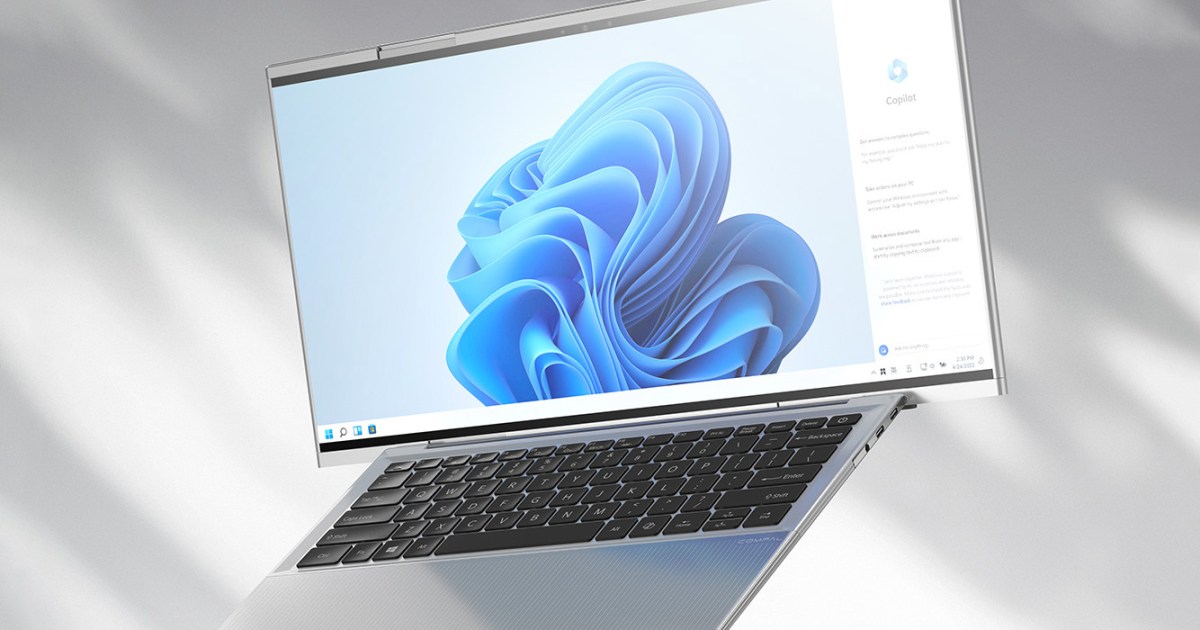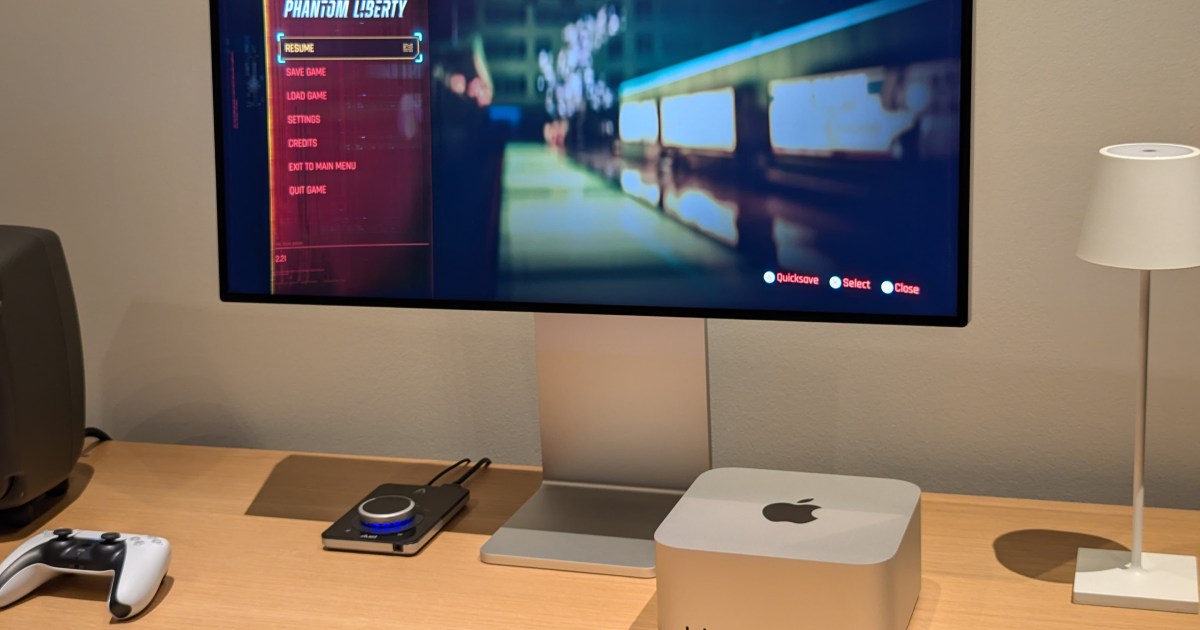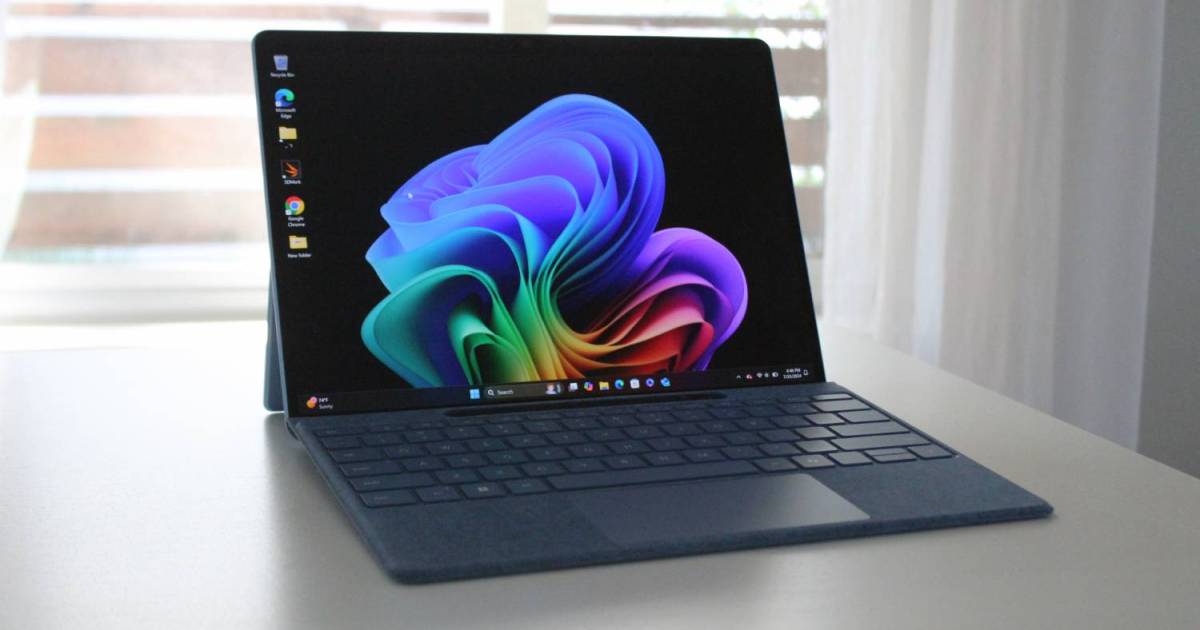Qualcomm’s entry into the laptop market last year generated significant buzz, and now, leaks regarding their next-generation Snapdragon laptop chips are beginning to surface. A known Weibo leaker, Fixed Focus Digital, suggests boost clock speeds starting at 4.4 GHz, projecting performance gains between 18% and 22%.
Details about the upcoming Snapdragon chip remain scarce, including its official name. Some speculate it will be called the Snapdragon X Elite 2, while others suggest Snapdragon X2 Elite. Leaked information points to an 18-core configuration and a potential October 2025 launch date, although these details remain unconfirmed.
The rumored 4.4 GHz boost clock speed is particularly intriguing, hinting at a potentially higher base clock speed as well. Increased clock speeds typically generate more heat, implying Qualcomm has likely addressed thermal management. Heat dissipation is a challenge in laptops due to limited space for cooling systems. Qualcomm may have implemented improved cooling solutions or further miniaturized components, as smaller components generally produce less heat. Current Snapdragon chips utilize 4nm technology, but it’s unclear whether the next generation will employ 3nm or even 2nm technology, although the latter isn’t anticipated until 2026.
The projected 18% to 22% performance gains likely encompass factors beyond clock speed improvements alone, as the clock speed increase itself doesn’t account for this entire range. Qualcomm might have optimized various aspects to achieve these performance enhancements, but specifics remain unknown.
Qualcomm’s success hinges on more than just raw power. While their partnership with Microsoft garnered considerable attention, the software compatibility challenges of Windows-on-Arm have been substantial. Currently, Snapdragon X Elite laptops face high return rates primarily due to Windows compatibility and software issues rather than hardware defects.
Qualcomm’s ambitious goals for its laptop chips make their next move highly anticipated. Their approach to addressing the existing challenges will be key to their success in this competitive market.











